By Stephanie Proctor
Creative Projects for SICK! Problems resulted from the examination, identification, and creative response to a distinct wicked social or environmental health challenge located in a particular place.
Each student featured here considered their interaction with other sentient beings, including animals and plants, to envision innovative and emergent ways to contribute to their health and wellbeing, as well as that of individuals, families, communities and the inhabited land.
The use of the creative arts including photography, painting, gardening, dancing, zine-making, collage, and poetry, provided methods and materials to develop mutual care practices that sustained and informed each of these creative projects.
Wicked Problems Course: SICK! Social Innovation through Creative Knowing.
Online Summer Intensive, 2020
LOYC 398 GA/ SOC 498 GA/ ANTH 498 GA/ CATS 631 GD (3 Credits)
Concordia University
Instructors: Janis Timm-Bottos and Satoshi Ikeda
TA: Nina Pariser
Course Logistics: Rachel Chainey
Technical Logistics: Monica Escobedo
For more information: rachel.chainey@concordia.ca

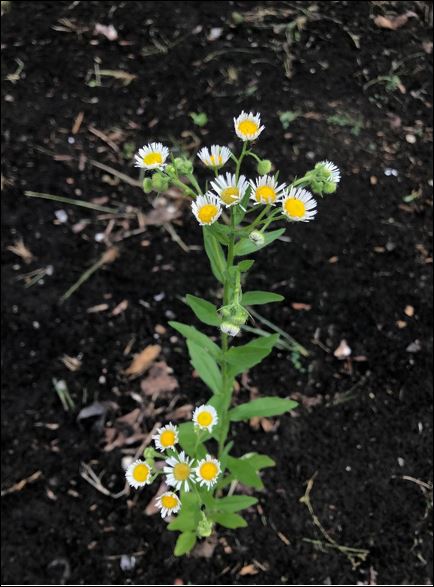
The Butterflyway Project is a citizen-led organization to plant neighbourhood ecosystems for bees and butterflies across Canada. It is funded by the David Suzuki organization (Check the map of 100 neighbourhoods hosting Butterflyways). This project allows residents of any neighbourhood to focus on bettering their communities by producing more biodiversity in plant and animal species, as well as inviting individuals to create new relationships with neighbours and feel included in a movement. These newly forming relationships foster feelings of inclusion and support that could benefit mental health. During the pandemic, it can be hard to feel motivated to go out and participate in socially distanced activities. Community organizations such as the Butterflyway Project enables residents across Canada to participate in a networking activity while working safely outside.
My choice to join the Butterflyway project was prompted by my good friend Ethan after mentioning the summer course. After considering the type of community development project I wanted to be apart of, it got me thinking about what other community projects were also underway locally that I was not aware of. I recently made the trip from Toronto to Montreal in order to plan a move from one apartment to another. I was delighted to see the large number of impromptu gardens lining the streets of the Plateau and Mile End. As I stay here now, I find it increasingly intriguing to join one of these many neighbourhood gardening projects. There is an urban garden run by the neighbourhood on the same street as my house!
Below are two photos of the types of pollination plants planted by the organization: Two different variations of daisies.
For more details or to apply as an individual or school to Butterflyway Project, visit Butterflyway

Our community’s time in physical isolation has created new social dynamics, allowing for our community’s members to reconnect with nature, family, and causes that are larger than them. Through this collage of images taken throughout physical isolation, we are able to grasp how our community has adapted and reacted to these changes, and pulled connections from Braiding Sweetgrass by Robin Wall Kimmerer in order to apply her teachings in our own communities. Our social determinant in this project is communication. We have created a new form of communicating during this unprecedented time, reconnecting each other as well as ourselves. We hope that this project can show others a new way to communicate and reconnect with their communities, no matter the distance between them.
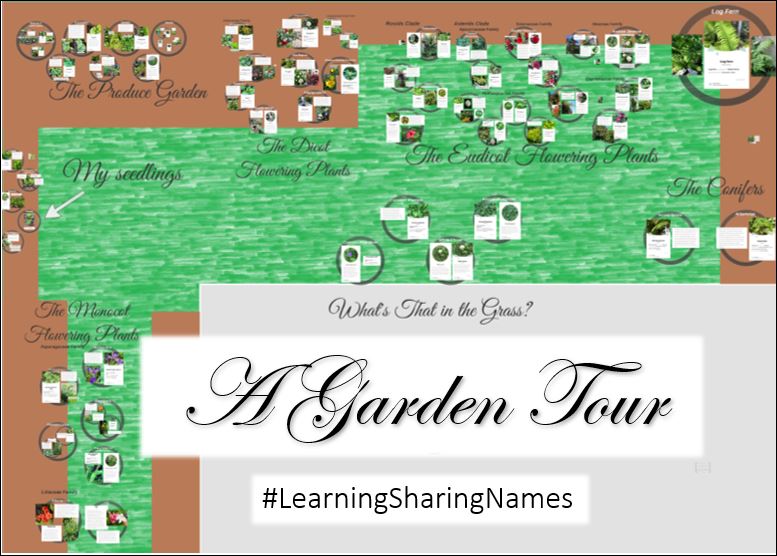
This activity has been created to help those interested or curious to learn more about the plant life that surrounds them. With the current pandemic and quarantine situation, this activity is also designed with the hope of supporting community mental health by giving opportunities to connect with nature and also each other. Each participant can informally share what they have learned from their yards or surrounding environments orally through the hashtag #learningsharingnames. Sharing this information and building a community around this knowledge is key to propagating acquired knowledge and sharing the appreciation of nature.
You can explore my own findings of my parents’ blossoming backyard by taking a stroll through the attached Prezi presentation here
Alternatively, download the PDF that includes instructions on how the activity can be followed and done.
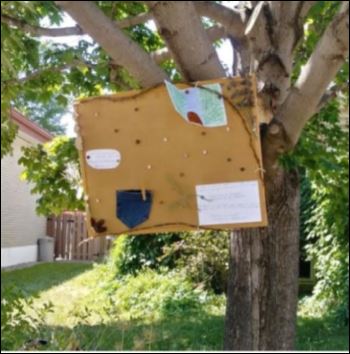
This idea is to give a specific place where we can become aware of the individuality of all people that take part in our community. This project promotes tolerance, empathy and diversity inside the daily life of persons that reside in the same city. This community tool would give an area where open-hearted conversations could bring others to engage in a reflection. It would introduce the idea of a safe space; where anyone can participate, listen to and be respected. It is important that it is accessible by the public and looked after; this allowed people to have the possibility to express themselves without fear of judgment.
I want this project to be an idea that can be modelled in lots of communities to promote those creative safe spaces.
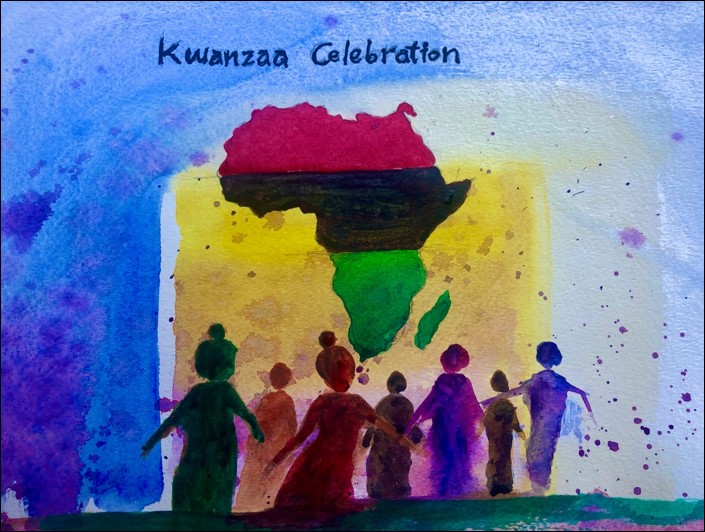
Kwanzaa (“first” fruit or harvest in Swahili) is not a religious holiday, but a cultural festival originating in the United States by Dr. Maulana Karenga in 1966. It is a week-long celebration (December 26th to January 1st ) created for African-Americans to welcome the first harvest in response to the over-commercialization of Christmas. It involves celebrating and thinking about the seven principles called (Nguzo Saba). These are Umoja (Unity), Kujichagulia (Self-Determination), Ujima (Collective work and responsibility), Ujamaa (Cooperative Economics), Nia (Purpose), Kuumba (Creativity) and Imani (Faith). These seven principles can be shared in social interactions through food, quizzes, games and designed art interventions. Nguzo Saba can enhance social inclusion and cultural competence such as building acceptance and respect between individual differences among cultures and serve as a reminder to be open to different cultural points of view (Humes, 2019). This project intended to be a practical engagement for participants introducing cultural principles for integrating and enhancing community wellbeing, which is a part of Canadian social determinates of health (Sonke et al., 2019).
Figure 1. Ayoub, Hamid. (2020) Kwanzaa celebration. Ottawa Ontario. Watercolour on paper. Size:11”x 14” inch
Figure 2. Ayoub, Hamid. (2020) Kinara (candelabra). Ottawa Ontario. Coloured pencil on paper. Size: 5.5"x 8.5" inch
The candelabra for Kwanzaa is called a Kinara. It has seven candles for the seven principles described below. Middle black candle represents the people, three red candles represent the blood (struggles), three green candles represent the earth and hard work (cultivation). Kwanzaa helps participants look within themselves and connect with others. This includes exchanges of forgiveness.
Kwanzaa celebration song video: link
I hope this presentation enriches your knowledge and cultural vocabulary.
Reference
Deci, E., Olafsen, A., & Ryan, R. (2017). Self-determination theory in work organizations: the state of a science. Annual Review of Organizational Psychology and Organizational Behavior, 4(1), 19-43. doi: 10.1146/annurev-orgpsych-032516-113108
Humes, D. (2019). What Is Kwanzaa and How Is It Celebrated? [Video]. Youtube: Inside Edition.
Miller, H. (2017). It takes a village to raise a child. Youth First. Retrieved 25 June 2020, from https://youthfirstinc.org/takes-village-raise-child/
Mobilemusic 4kids. (2018). Kwanzaa Celebration [Video]. Youtube.
Myers, L. (2019). 101 Powerful Creativity Quotes to Motivate and Inspire You. Retrieved 15 June 2020, from https://louisem.com/59649/101-creativity-quotes
Pearson, T. (2013). You don’t have to see the whole staircase. AADE In Practice, 1(6), 10-11.
doi: 10.1177/2325160313508269
Sonke, J., Golden T., Francois S. et al. Sonke, J., Golden, T., Francois, S., Hand, J., Chandra, A., Clemmons, L., Fakunle, D., Jackson, M.R., Magsamen, S., Rubin, V., Sams, K., Springs, S. (2019). Creating Healthy Communities through Cross-Sector Collaboration [White paper]. University of Florida Center for Arts in Medicine / ArtPlace America.

The intention behind this project is to plant a seed in people’s minds through generating movement, which is restricted by regular life. The movement in response to the poem, the movement of sustainable gardening and the movement of the exchange with the community to create a spiritual connection to the human and nature ecosystem. The hope is to bring people together in the community through a shared experience and the gesture of sharing.
Read the poem and find your own movement with nature. Take a chance and build your own garden with your community and create a space of reciprocity with the gifts that bloom. Find your connection through art with pieces that are usually forgotten or uncared for. Replace the cycle of convenience with mindfulness at each choice and find a fragment of harmony in those choices.
Visit @gift.of.soil on Instagram for more pictures and updates!
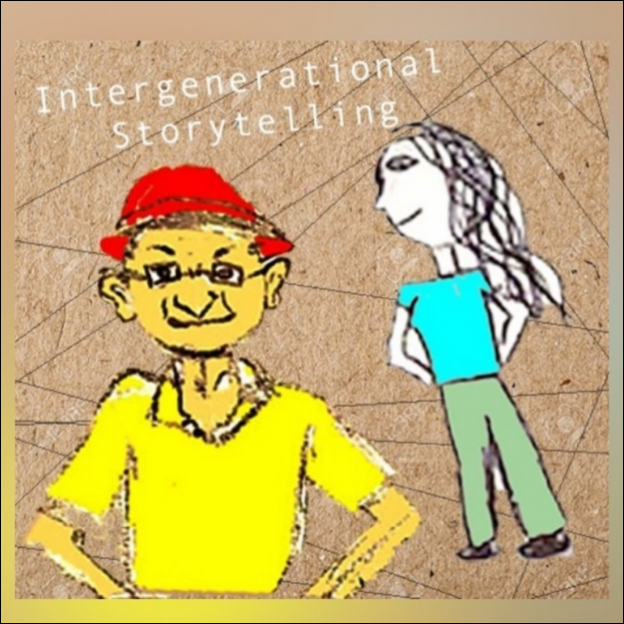
For our project, we focused on the social determent of health “social support and coping skills”. We hope that by sharing our stories and our art-making process that more people will reflect on their own relationships with seniors in their lives, and how to build better connections with them.
For our full project, you can find it on Instagram at @intergenerationalstorytelling (link)
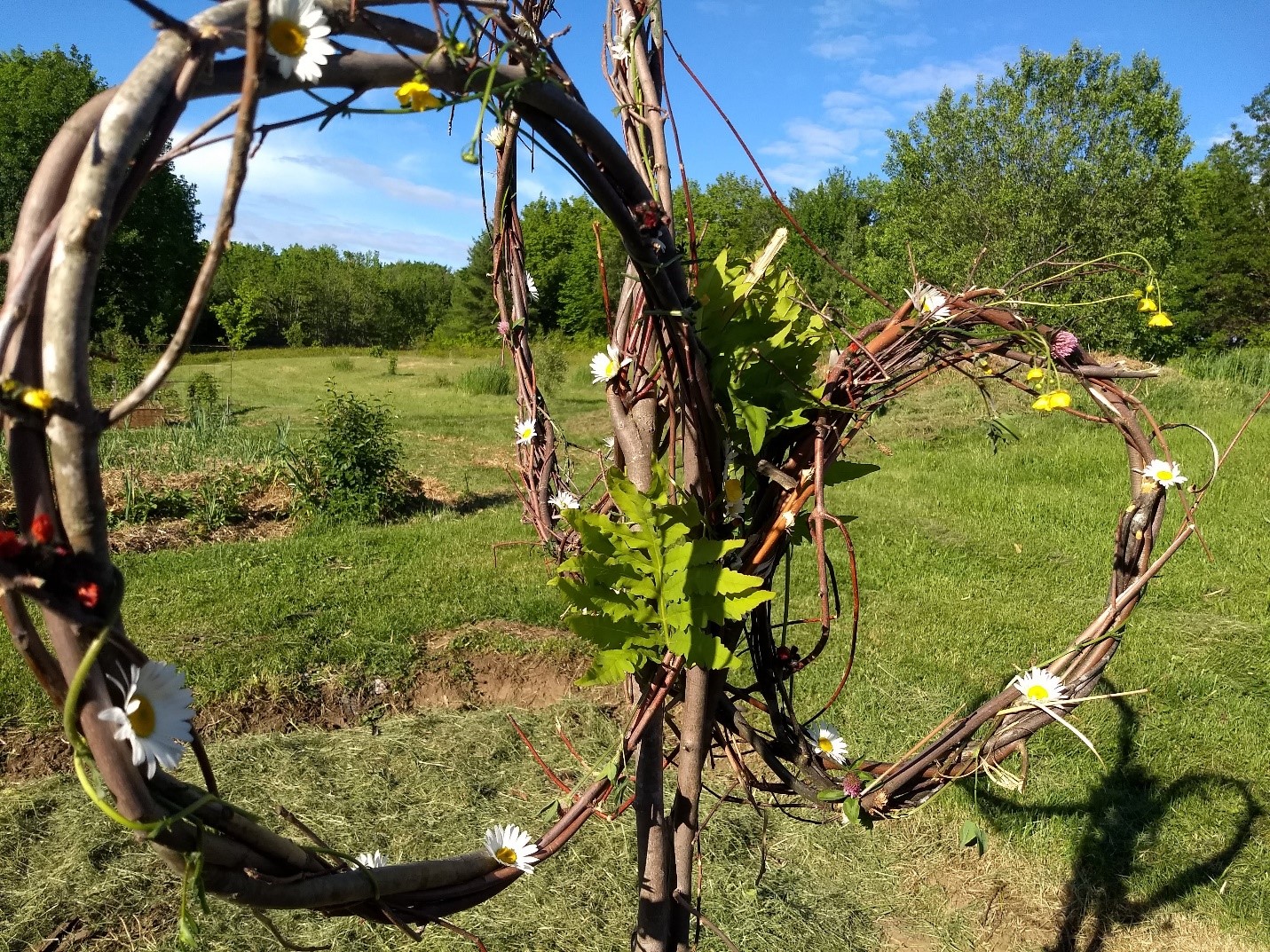
"Cycleart" is an interactive online project that invites us to create art that has as little negative impact on the environment as possible or even better, has a positive impact. It asks us to connect with art and nature as a form of mutual care but also with each other in a virtual space intended for sharing beauty, knowledge, environmental awareness through community engagement. The "Cycleart" website introduces the project and the Facebook group serves as a platform for people to share art they have made or thoughts they have had in response to this project.
Website: "Cycleart"
Public Facebook Group: "Cycleart on FB"
Email: r_pochat@live.concordia.ca

My idea comes from my participation in a mask-making project: volunteers-sewing-masks.
In total, more than 2,600 masks were produced, I did 75 of them. We used a DIY tutorial available here: mask-tutorial
It takes about an hour to do a mask. They are reusable, washable and they are made of fabric so they can pretty much return to the earth when they cannot be used anymore.
I was very grateful to be part of this activity. During the pandemic, it was important for me to believe in our institution and to find a sense of purpose. I wanted to make an art piece as a gift and highlight the positive aspects of this project, hoping that it can encourage similar initiatives in the future. The central piece of this big mask measures 30 inches by 14 inches. I simplified the instructions and wrote the steps on the fabric. I hope that other students will see this and heal a little by seeing that solidarity took place. Everyone can learn from it, have a better idea about how a mask is made in a way that respects the environment and promotes local initiatives.
The social determinant linked to my project would be access to healthcare resources. The university provided support from the Health and Safety department and the Fibre department donated resources in terms of bias tape and appropriate fabric. Another social determinant would be education since the university as an institution is taking a step forward to support the community in difficult times. Similar initiatives took place in Quebec and they are all good examples of how a society can adapt to change and produce a positive outcome.